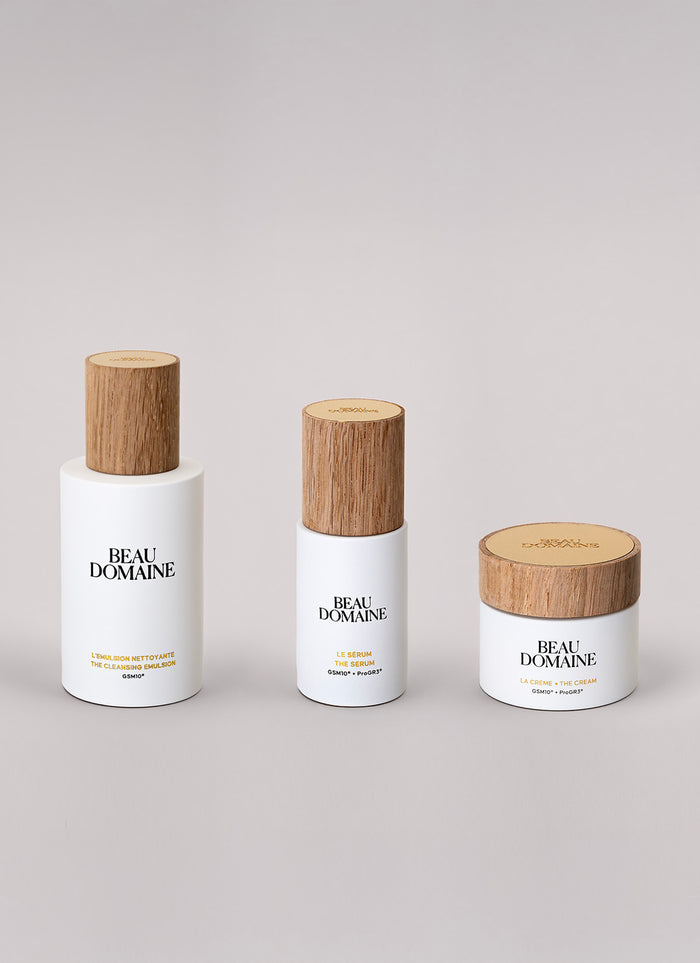BEST SELLER


Asian skin, like skin of other ethnic origins, can have a wide variety of characteristics, depending on the region and ethnic group. However, there are certain general trends observed in concerns faced by people of Asian origin regarding their skin.
Hyperpigmentation: With increased cellular activity to produce melanin, Asian skin tends to be more prone to hyperpigmentation than Caucasian skin. This makes sun protection an absolute must in an Asian skincare regimen. The emphasis on skin brightening and even-toning products in Asian skincare routines is a direct response to these concerns.
Combination Skin: As far as skin type is concerned, combination or oily-prone skin is most commonly found among Asian skin types. Skin can feel oilier in the T-zone area, but it can also become dehydrated, emphasizing the importance of maintaining the skin's moisture balance. This skin type can react to the climate by developing redness in cold and windy weather, while heat and humidity can lead to increased sebum production and the appearance of blackheads.
Sensitivity: If you are Asian or of Asian descent, there is a higher probability that your skin reacts to cosmetic products. Studies have even shown that the incidence of retinol sensitivity is higher in Asians than in Caucasians. Therefore, it's crucial to choose skincare products suited to your needs, avoiding abrasive cleansers and favoring soothing formulas enriched with ingredients such as green tea, chamomile, or rosewater.
Finally, it's essential to remember that these characteristics are generalizations, and that each individual can present significant variations in their skin depending on genetic, environmental, and lifestyle factors. Therefore, it is crucial to adapt skincare to the specific needs of each individual, regardless of their ethnic origin and skin type.
Asian skincare, with its emphasis on oil-based cleansers, sleeping masks, and a carefully curated routine, offers a unique and effective approach to achieving healthy, glowing skin.
Originating in Japan and popularized by Korean beauty experts, layering is a beauty ritual widespread in Asia. Characterized by the meticulous layering of products, often organic or natural, in a specific order to maximize benefits for the skin. This is why it's often referred to as "millefeuille skincare." In short, layering encompasses a series of skincare products with unique properties that help enhance the skin. Here are the main steps of this ritual:
Purify with precision
Boost radiance
Anti-stain weapon
Completed with light face massage, brushing the body with soft brushes to remove dead cells, and the regular practice of steam baths, layering is one of the key ingredients of Asian skincare. This Layering ritual may seem complex, but many people find that these steps help maintain healthy skin and prevent the signs of aging. It is also an opportunity to slow down and take the time to take care of yourself. However, if layering is too much for you, you can always adapt the ritual to your lifestyle. Why not use it only at night, or on weekends? For a simpler ritual, you can always explore our Routines.

